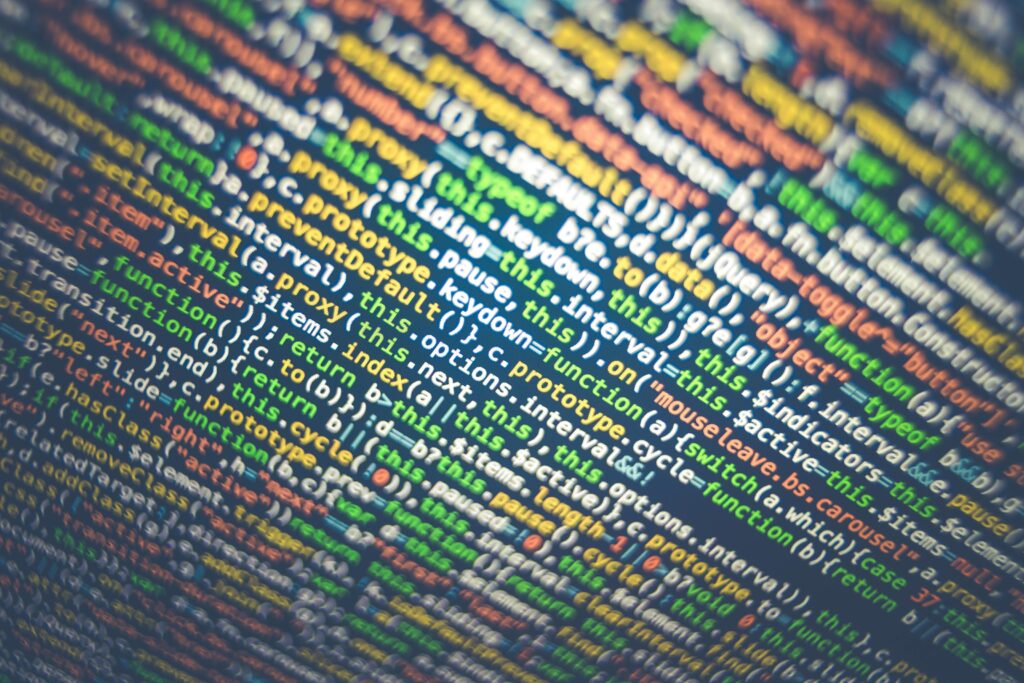
In the dynamic world of data science, staying updated with the latest tools and applications is crucial. These tools not only enhance productivity but also streamline complex workflows, allowing data scientists to focus on deriving insights and making informed decisions. Here’s a comprehensive guide to some of the best tools and apps that every data scientist should have in their arsenal.
1. Jupyter Notebook
Jupyter Notebook is an open-source web application that allows you to create and share documents containing live code, equations, visualizations, and narrative text. It supports over 40 programming languages, including Python, R, and Julia. Jupyter is particularly useful for data cleaning and transformation, numerical simulation, statistical modeling, data visualization, and machine learning.
Key Features:
- Interactive output that supports various visualizations.
- Integration with big data tools like Apache Spark.
- Extensibility through plugins and extensions.
2. Anaconda
Anaconda is a distribution of Python and R for scientific computing and data science. It simplifies package management and deployment, making it easier to manage libraries and dependencies. Anaconda includes popular data science packages and tools, such as Jupyter, pandas, and scikit-learn.
Key Features:
- Conda package manager for seamless installation and management of packages.
- Anaconda Navigator, a graphical interface to manage environments and launch applications.
- Built-in Jupyter and RStudio for comprehensive data analysis and visualization.
3. TensorFlow
TensorFlow is an open-source machine learning library developed by Google. It is widely used for building and training neural networks, with a focus on deep learning. TensorFlow offers flexible deployment options and extensive support for various platforms, including desktops, mobile devices, and servers.
Key Features:
- High-level APIs such as Keras for easy model building.
- TensorFlow Serving for deploying machine learning models in production environments.
- TensorBoard for visualizing the training process and metrics.
4. Tableau
Tableau is a powerful data visualization tool that helps data scientists and analysts to see and understand their data. It allows users to create a wide range of visualizations to interactively explore and analyze data. Tableau supports various data sources, including spreadsheets, databases, and cloud services.
Key Features:
- Drag-and-drop interface for creating interactive dashboards.
- Real-time collaboration and sharing capabilities.
- Extensive library of visualization types and customization options.
5. PyCharm
PyCharm is an Integrated Development Environment (IDE) for Python, developed by JetBrains. It provides a robust environment for coding, debugging, and testing Python applications. PyCharm is particularly useful for data scientists working with Python-based data analysis and machine learning projects.
Key Features:
- Intelligent code editor with code completion and error highlighting.
- Integrated tools for debugging, testing, and version control.
- Support for Jupyter Notebook integration.
6. Apache Spark
Apache Spark is an open-source distributed computing system that provides an interface for programming entire clusters with implicit data parallelism and fault tolerance. Spark is known for its speed and efficiency in processing large-scale data, making it a popular choice for big data analytics.
Key Features:
- In-memory computing capabilities for faster data processing.
- Support for SQL queries, streaming data, and machine learning.
- Integration with Hadoop and other big data tools.
7. GitHub
GitHub is a web-based platform used for version control and collaborative software development. It is essential for data scientists to manage their codebase, collaborate with team members, and track changes efficiently. GitHub also provides hosting for software development and a collaborative environment through its Git repositories.
Key Features:
- Branching and merging for parallel development.
- Issue tracking and project management tools.
- Integration with CI/CD pipelines for automated testing and deployment.
8. RStudio
RStudio is an IDE for R, a programming language widely used for statistical computing and graphics. RStudio provides a user-friendly interface to work with R and supports a wide range of statistical and graphical techniques.
Key Features:
- Code editor with syntax highlighting and code completion.
- Integrated tools for plotting, history, and workspace management.
- Support for R Markdown for creating dynamic reports.
9. Docker
Docker is a platform for developing, shipping, and running applications in containers. Containers allow data scientists to package their applications and dependencies into a single, portable unit that can run consistently across different computing environments.
Key Features:
- Isolation of applications and dependencies.
- Scalability and flexibility in deploying applications.
- Support for Docker Compose to manage multi-container applications.
10. KNIME
KNIME (Konstanz Information Miner) is an open-source data analytics, reporting, and integration platform. It is designed to provide a comprehensive solution for data preprocessing, analysis, and visualization through a modular, workflow-based approach.
Key Features:
- Drag-and-drop interface for creating data workflows.
- Integration with various data sources and machine learning libraries.
- Community extensions for additional functionalities.
Conclusion
Equipping yourself with the right tools and apps can significantly enhance your productivity and efficiency as a data scientist. From data cleaning and visualization to machine learning and deployment, these tools cover a wide spectrum of data science needs. Staying updated with these essential tools will not only streamline your workflow but also help you stay ahead in the ever-evolving field of data science.